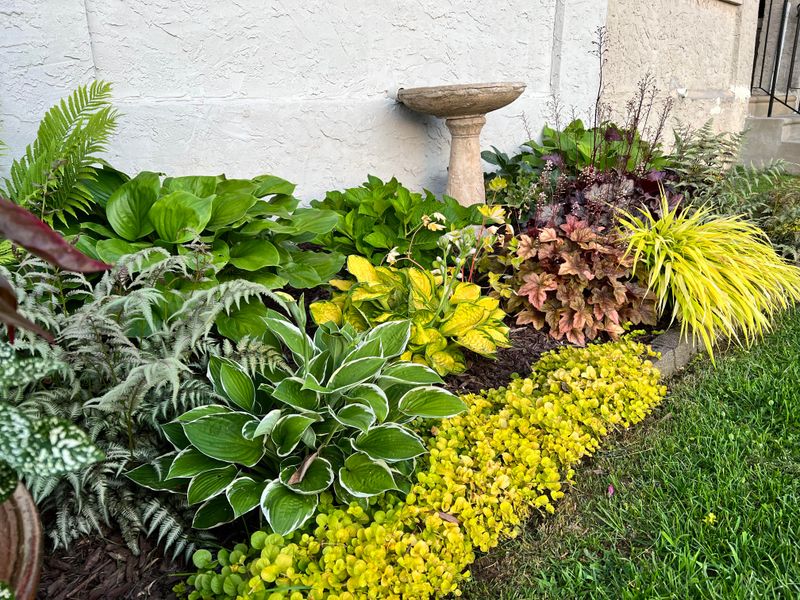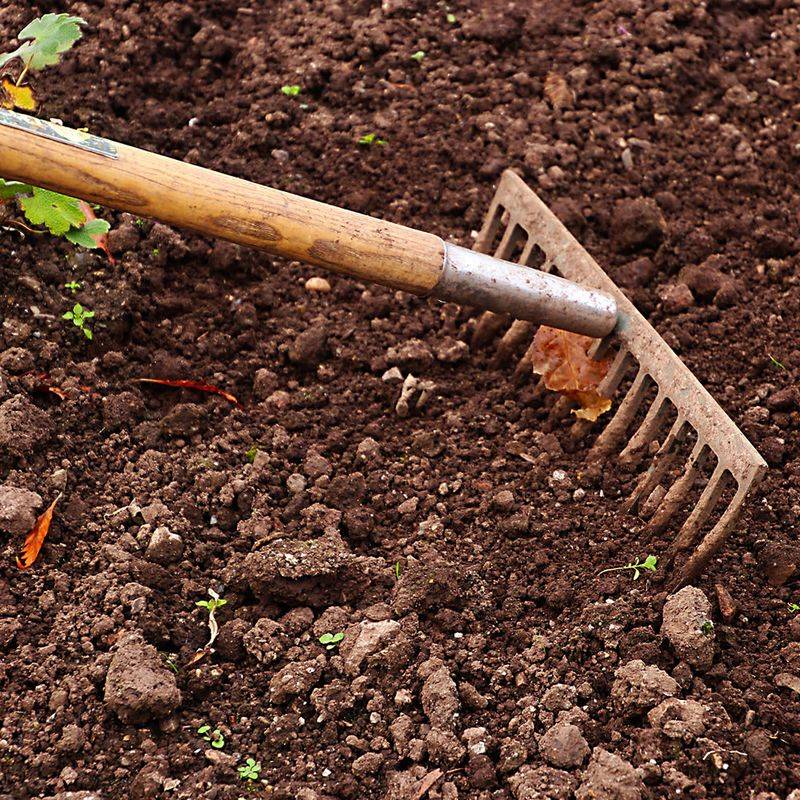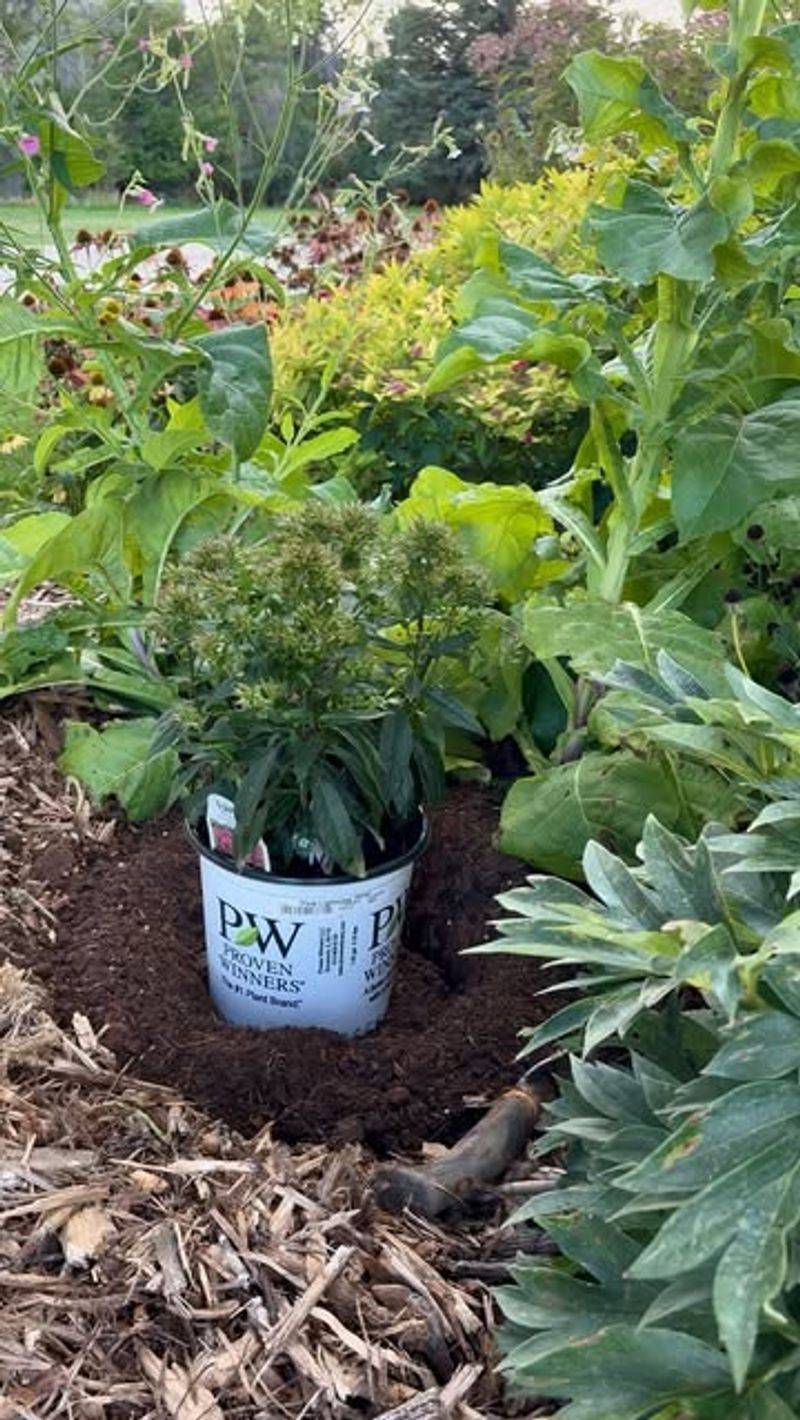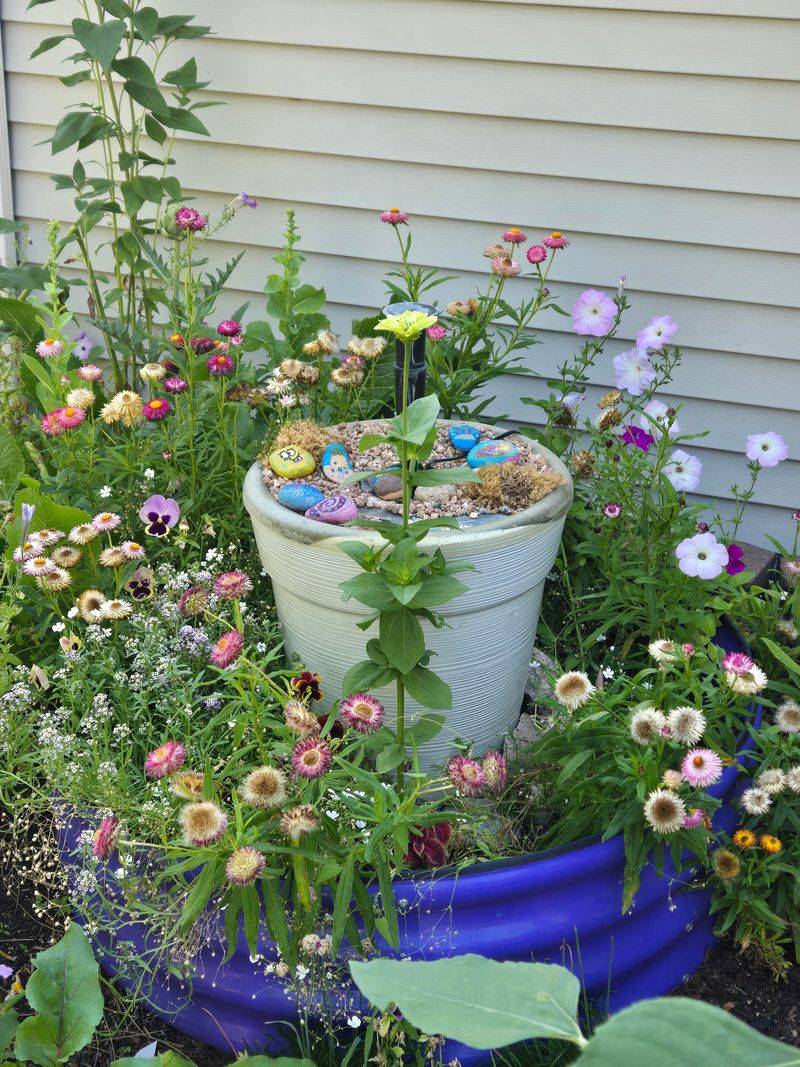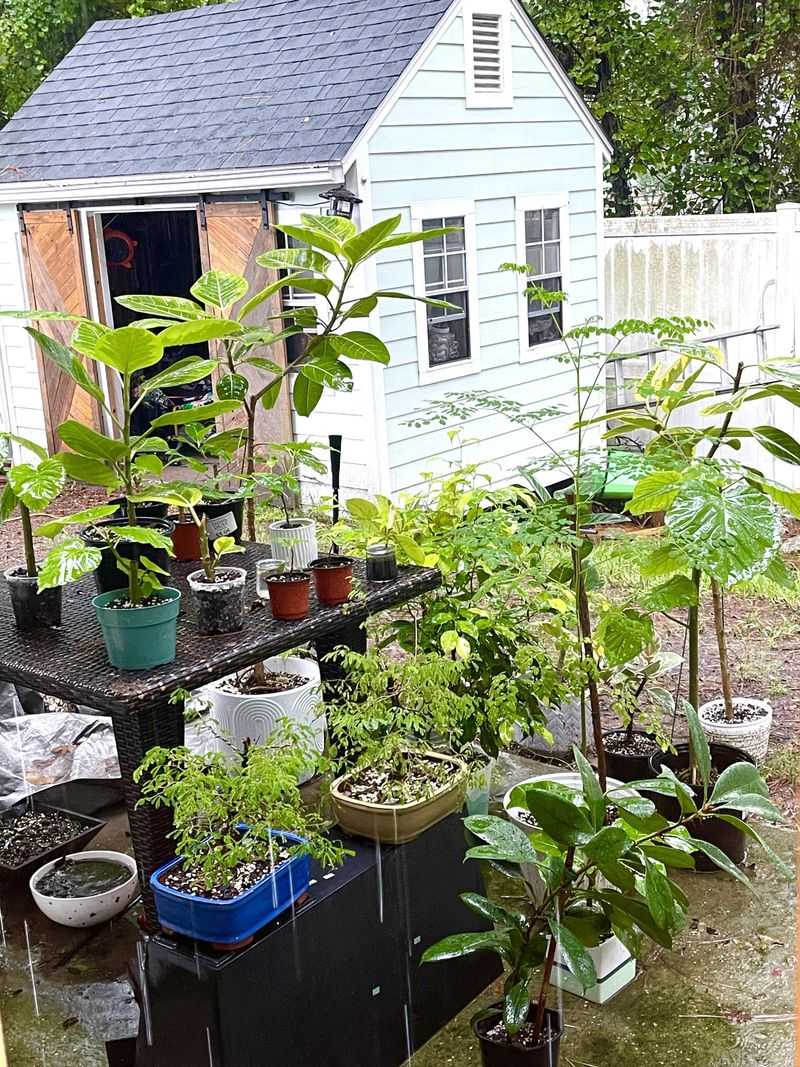Planting perennials in New York can be tricky, especially in the fall. I’ve tried both timing options, and the results surprised me.
A little know-how can make all the difference in how well they establish roots before winter. Picking the right moment ensures your garden bursts to life next spring.
1. Understanding New York’s Hardiness Zones
New York spans several hardiness zones, ranging from zone 3 in the Adirondacks to zone 7 along Long Island. Your zone determines which perennials will survive the winter cold in your specific area.
Check your local zone before buying plants to ensure they can handle your winter temperatures. Garden centers across New York typically label plants with their hardiness zones, making shopping easier.
Choosing zone-appropriate perennials means less worry and more blooms year after year.
2. Timing Your Fall Planting Window
Getting your timing right makes all the difference when planting perennials in fall. Aim to plant at least six weeks before your area’s first hard frost, which usually happens between late October and mid-November across most of New York.
Early to mid-September works perfectly for upstate regions, while downstate gardeners can plant into early October. Roots need time to settle in before the ground freezes solid.
Mark your calendar and don’t wait too long!
3. Soil Preparation Is Everything
Did you know? New York’s soil varies dramatically from region to region, from clay-heavy Hudson Valley dirt to sandy Long Island ground. Testing your soil’s pH and drainage before planting saves headaches later.
Mix in plenty of compost or aged manure to improve soil structure and provide nutrients. Well-draining soil prevents root rot during wet spring thaws, which New York experiences regularly.
Spend time on soil prep now, and your perennials will thank you with vigorous growth.
4. Choosing Cold-Hardy Perennial Varieties
Not every pretty perennial can survive a New York winter, so picking tough varieties is crucial. Black-eyed Susans, coneflowers, hostas, and daylilies are practically bulletproof choices that thrive throughout the state.
Sedum and Russian sage handle cold beautifully while adding late-season color. Native New York perennials like bee balm and asters are naturally adapted to local conditions.
Start with proven winners, and you’ll build confidence for experimenting with trickier plants later on.
5. Proper Planting Depth and Spacing
Planting too deep or too shallow causes problems that won’t show up until spring, when plants fail to emerge or grow weakly. Most perennials should sit at the same depth they were growing in their nursery pots.
Space plants according to their mature size to prevent overcrowding as they fill in over the years. New York gardens benefit from good air circulation, which reduces disease problems during humid summers.
Measure twice, plant once for best results!
6. Watering Through Fall and Winter
Many New York gardeners make the mistake of stopping watering once they plant their fall perennials. Newly planted perennials need consistent moisture until the ground freezes, especially during dry autumn stretches.
Water deeply once or twice weekly if rainfall is scarce, focusing on root zones rather than leaves. Even after frost arrives, water during warm spells if the ground isn’t frozen.
Well-hydrated plants enter winter dormancy in better shape and emerge stronger in spring.
7. Mulching for Winter Protection
With a heart as protective as any gardener’s, mulch acts as your perennials’ winter blanket against New York’s harsh freeze-thaw cycles. Apply two to three inches of shredded bark, leaves, or straw after the ground begins freezing.
Mulch prevents roots from heaving out of the soil during temperature swings, which commonly damage plants. Wait until after several hard frosts to mulch, or you might provide cozy homes for mice and voles.
Proper mulching dramatically improves winter survival rates.


